Lufthansa Technology Group CIRAS-3|FMS-2|M-PEA is involved in the study of the mechanism of bisphenol A affecting the photosynthetic characteristics of cucumber leaves
Welcome to the "Lufthansa Technology Group" WeChat public number! Official website: 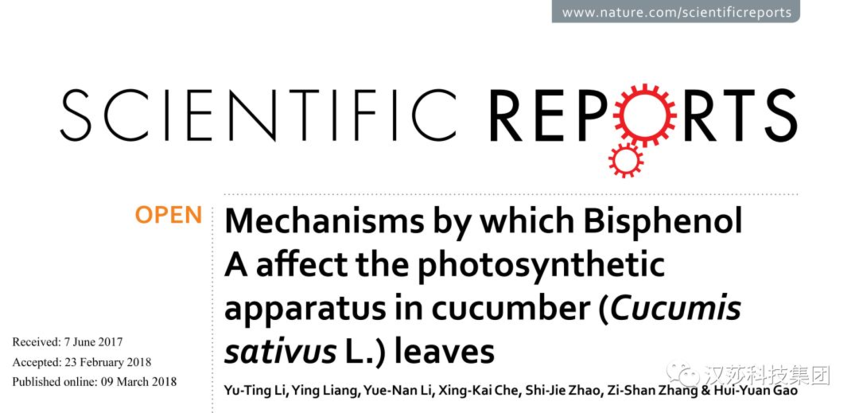 Bisphenol A (BPA) is a raw material for industrial production of resins, plastics and coatings. Although BPA has a short half-life, BPA is now ubiquitous in the environment due to its large-scale production and widespread use, and has become a global environmental problem. BPA not only affects the endocrine system of animals, but also inhibits the photosynthesis of plant leaves.
Bisphenol A (BPA) is a raw material for industrial production of resins, plastics and coatings. Although BPA has a short half-life, BPA is now ubiquitous in the environment due to its large-scale production and widespread use, and has become a global environmental problem. BPA not only affects the endocrine system of animals, but also inhibits the photosynthesis of plant leaves.
In the past, BPA research on higher plants was carried out by root irrigation. This research method cannot distinguish whether BPA directly inhibits the photosynthesis of plant leaves or indirectly affects the photosynthesis of plant leaves by affecting root functions. 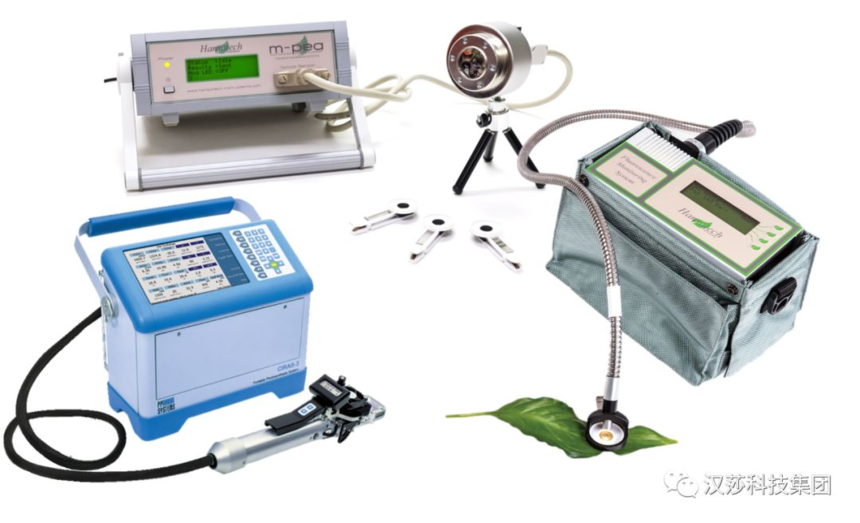 In this study, only the cucumber leaves were soaked, but the roots were not treated. The effect of BPA on the photosynthetic fluorescence activity of the leaves was studied and the mechanism was analyzed. In this study, the portable photosynthetic measurement system CIRAS-3 manufactured by PP Systems of the United States , the pulse modulation fluorometer FMS-2 manufactured by Hansatech of the United Kingdom , and the multifunctional plant efficiency analyzer M PEA were used to measure the cucumber leaves after BPA treatment. The photosynthetic fluorescence activity was analyzed in depth.
In this study, only the cucumber leaves were soaked, but the roots were not treated. The effect of BPA on the photosynthetic fluorescence activity of the leaves was studied and the mechanism was analyzed. In this study, the portable photosynthetic measurement system CIRAS-3 manufactured by PP Systems of the United States , the pulse modulation fluorometer FMS-2 manufactured by Hansatech of the United Kingdom , and the multifunctional plant efficiency analyzer M PEA were used to measure the cucumber leaves after BPA treatment. The photosynthetic fluorescence activity was analyzed in depth. 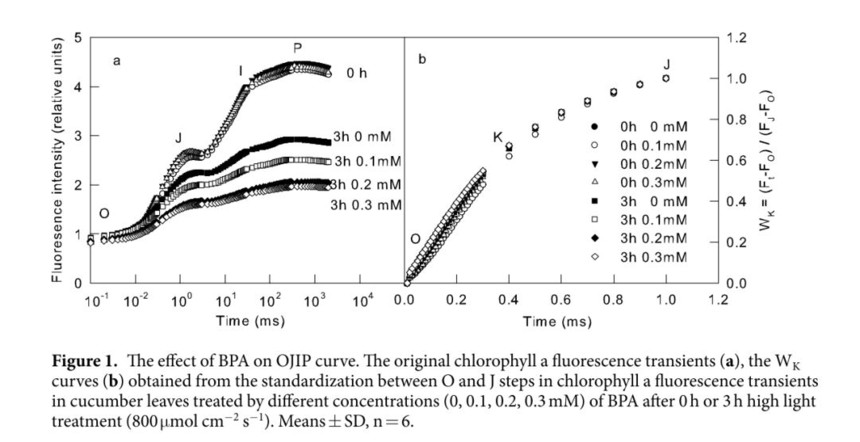 The study found that PSII and PSI are not sensitive to BPA in dark conditions; BPA treatment under light will severely inhibit PSII rather than PSI. At the same time, BPA also inhibited CO2 assimilation, but when blocking CO2 assimilation, the inhibitory effect of BPA on PSII also disappeared. Under light, BPA treatment can lead to excessive accumulation of H2O2 in the leaves. At low oxygen concentrations (2%), BPA treatment did not cause photoinhibition of PSII, and studies also found that photoinhibition of PSII after BPA treatment depends on the turnover of D1 protein.
The study found that PSII and PSI are not sensitive to BPA in dark conditions; BPA treatment under light will severely inhibit PSII rather than PSI. At the same time, BPA also inhibited CO2 assimilation, but when blocking CO2 assimilation, the inhibitory effect of BPA on PSII also disappeared. Under light, BPA treatment can lead to excessive accumulation of H2O2 in the leaves. At low oxygen concentrations (2%), BPA treatment did not cause photoinhibition of PSII, and studies also found that photoinhibition of PSII after BPA treatment depends on the turnover of D1 protein. 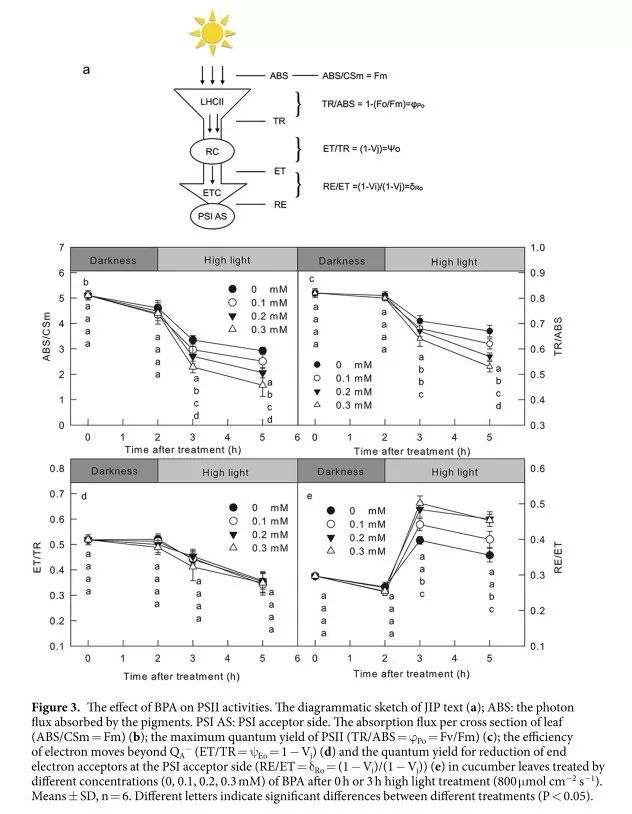
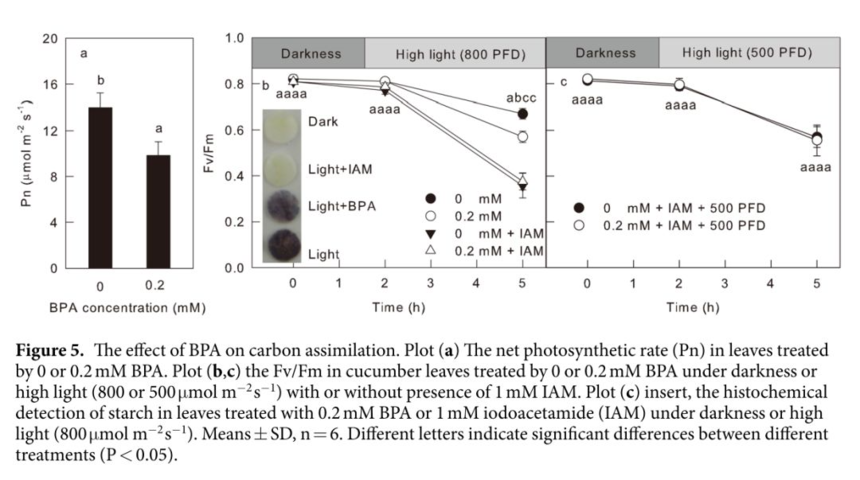
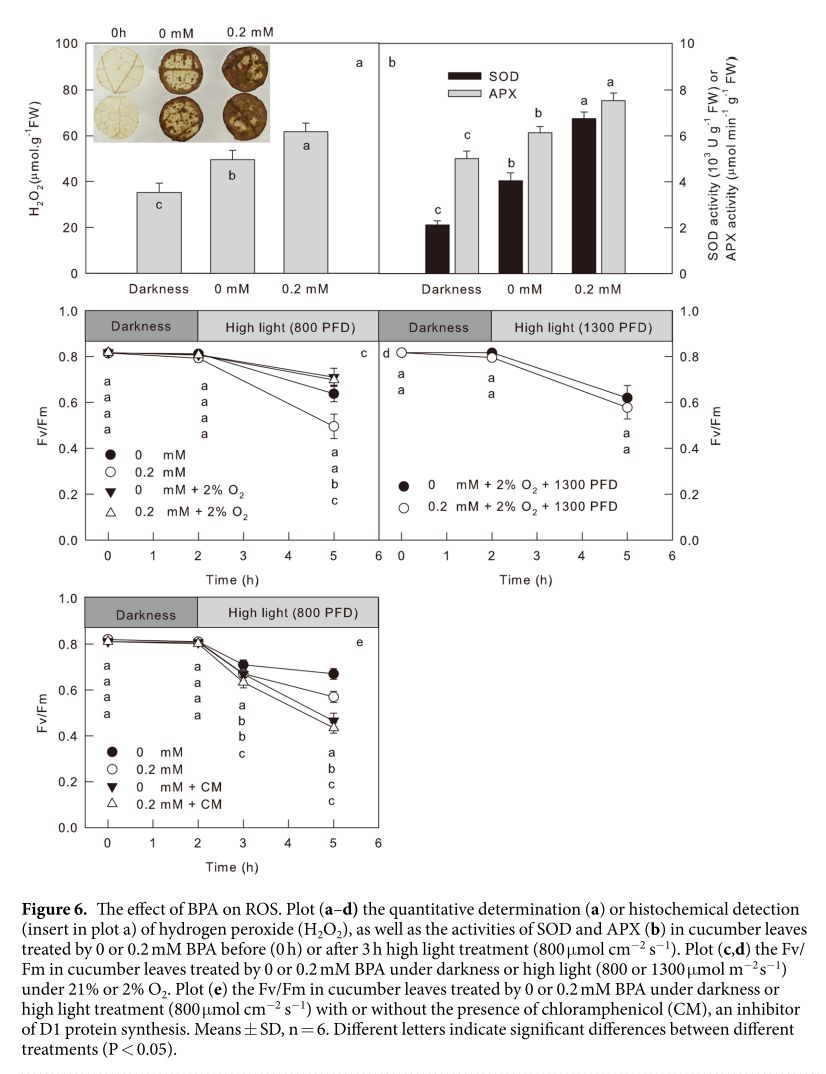 The results show that BPA can directly inhibit leaf photosynthesis. However, BPA does not directly damage PSII, but inhibits CO2 assimilation and strongly inhibits electron transport efficiency under light conditions, which leads to the accumulation of H2O2. Excessive accumulation of reactive oxygen species (ROS) inhibits the turnover of D1 protein and aggravates PSII. Light suppression.
The results show that BPA can directly inhibit leaf photosynthesis. However, BPA does not directly damage PSII, but inhibits CO2 assimilation and strongly inhibits electron transport efficiency under light conditions, which leads to the accumulation of H2O2. Excessive accumulation of reactive oxygen species (ROS) inhibits the turnover of D1 protein and aggravates PSII. Light suppression.
Fingerprint Safe ,Fingerprint Safe Box,Safe Box Fingerprint,Safe Box With Code
Ningbo Zhaomu Electronic Commerce Co., Ltd. , https://www.bofonhome.com